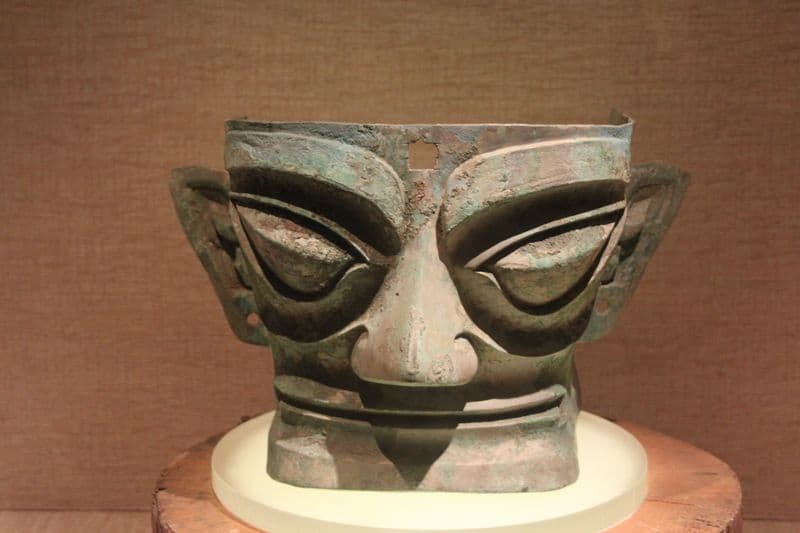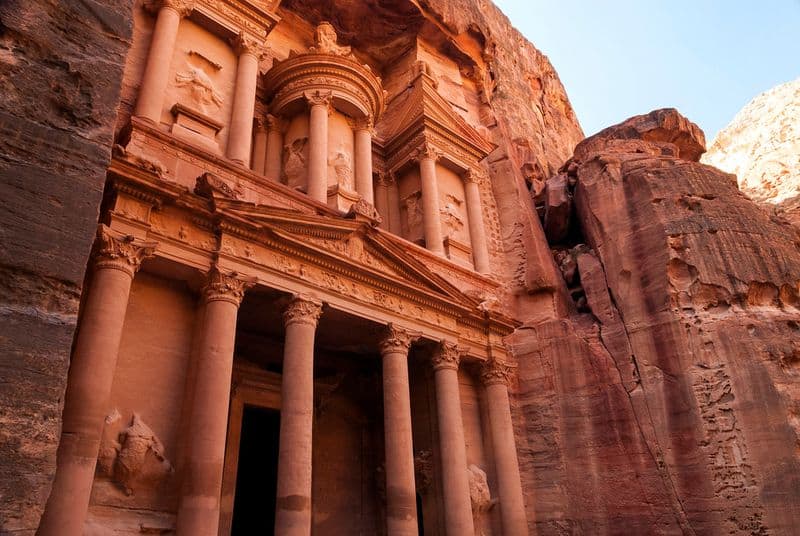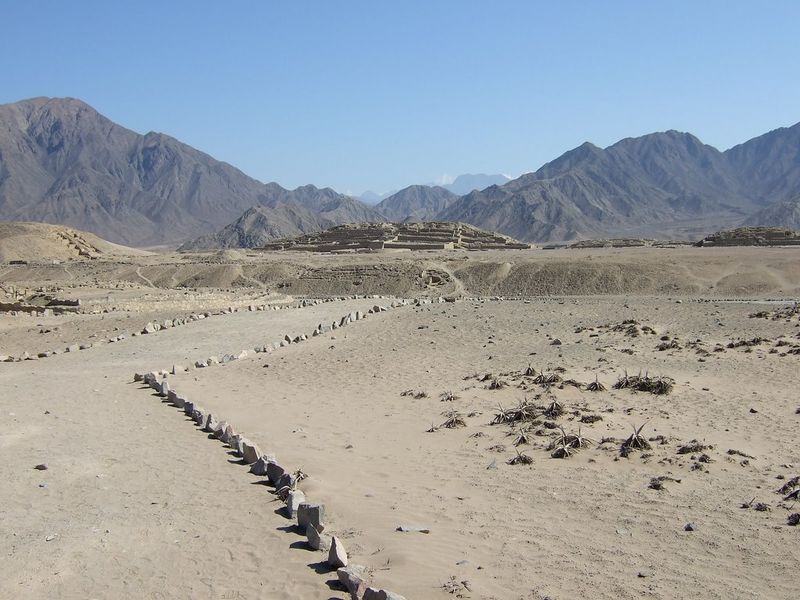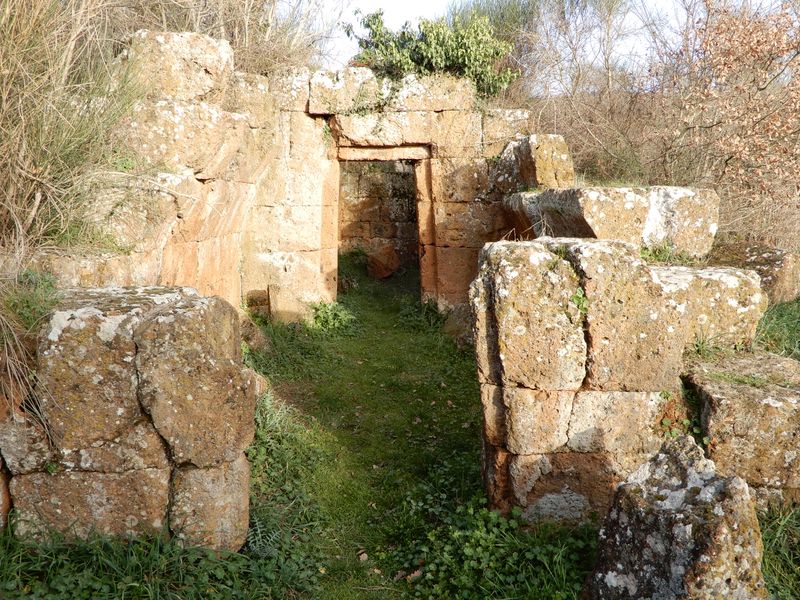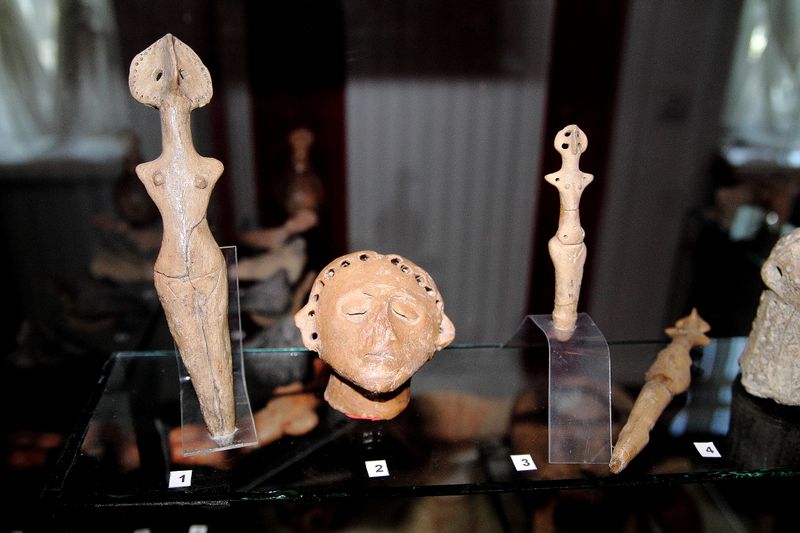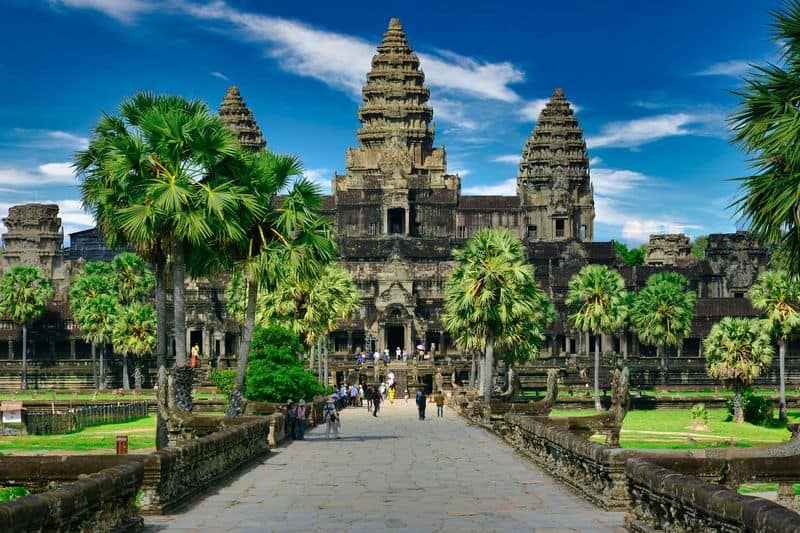History books often spotlight well-known civilizations like the Romans, Egyptians, and Greeks. However, our planet’s past holds countless societies that vanished, leaving behind only fragments of their existence.
These forgotten cultures, with their undeciphered languages, puzzling artifacts, and mysterious disappearances, challenge our understanding of human history.
Join me as we explore ten ancient civilizations that continue to baffle historians and archaeologists today.
1. The Enigmatic Sea Peoples
Mysterious raiders emerged from the Mediterranean around 1200 BCE, wreaking havoc across civilizations from Egypt to Anatolia. The Sea Peoples, as Egyptians called them, left almost no records of their own—only destruction in their wake.
Their identity remains one of archaeology’s greatest puzzles. Were they refugees? Pirates? A coalition of different groups? Egyptian temple inscriptions show them wearing distinctive feathered headdresses and wielding unusual weapons.
Most fascinating is their impact—these shadowy invaders contributed to the Bronze Age collapse, bringing down mighty empires like the Hittites. Yet after changing the course of history, they seemingly vanished, leaving scholars to piece together their story from the accounts of their enemies.
2. The Sanxingdui Civilization
Hidden beneath China’s Sichuan province soil lay artifacts so bizarre that archaeologists initially questioned their authenticity. Gold masks with bulging eyes, bronze trees reaching skyward, and sculptures unlike anything in Chinese art history emerged from sacrificial pits in 1986.
The Sanxingdui culture flourished between 1200-1000 BCE, creating sophisticated bronzework that suggests advanced metallurgical knowledge. Their artistic style bears no resemblance to other Chinese cultures of the period, featuring exaggerated features and otherworldly designs.
What’s particularly baffling? No written records explain these people. No burial sites have been found. Their sudden disappearance around 1000 BCE remains unexplained, leaving these extraordinary artifacts as silent witnesses to a civilization that challenges our understanding of ancient China.
3. The Forgotten Indus Valley People
Along the banks of the ancient Indus River rose a sophisticated urban civilization rivaling Egypt and Mesopotamia. Yet while their contemporaries are household names, these innovative city-planners remain shrouded in mystery.
Their cities—Harappa and Mohenjo-daro being the largest—featured advanced sewage systems, standardized bricks, and precise weights and measures around 2600 BCE. Small soapstone seals bearing a script that has defied translation for over a century represent our best chance at understanding them.
What makes the Indus Valley Civilization particularly fascinating? Despite building over 1,000 settlements across modern Pakistan and India, we still don’t know what they called themselves, what language they spoke, or why their sophisticated society suddenly declined around 1900 BCE.
4. The Olmec Heads Creators
Massive stone heads with African-like features stand as silent sentinels in the Mexican jungle, crafted by hands that left no written records behind. The Olmecs, Mesoamerica’s mother culture, thrived from 1500-400 BCE, predating the Maya and Aztecs.
Each colossal head—some weighing up to 40 tons—was carved from basalt quarried in mountains 50 miles away. How did they transport these massive stones without wheels or beasts of burden? Their distinctive artwork shows jaguar-human figures suggesting shamanic transformation rituals.
Archaeological evidence reveals they created the region’s first complex society, inventing the concept of zero and possibly the earliest Mesoamerican writing system. Yet despite their foundational influence on all later Mesoamerican cultures, we know almost nothing about their language, beliefs, or what ultimately caused their mysterious decline.
5. The Mysterious Nabataeans
Rose-colored temples carved directly into sandstone cliffs stand as testament to a desert-dwelling people who seemingly mastered water engineering in one of Earth’s harshest environments. The Nabataeans transformed a barren landscape into a thriving trading empire centered at Petra in modern Jordan around 300 BCE.
Masters of hydraulic engineering, they created complex water collection systems that harvested every precious raindrop, supporting a population of 20,000 in their desert capital. Their distinctive rock-cut architecture blended Hellenistic, Egyptian, and local elements into something entirely unique.
What remains unknown about these desert merchants? Their spoken language has vanished completely. We have few written records in their script. And despite controlling vast trade networks spanning from Damascus to the Red Sea, their culture was gradually absorbed into the Roman Empire, leaving their incredible monuments without clear explanation.
6. The Vanished Norte Chico
Before pyramids rose in Egypt, an extraordinary civilization flourished along Peru’s arid coast without pottery, visual art, or written language. The Norte Chico people built at least 25 major urban centers between 3500-1800 BCE, making them possibly the oldest complex society in the Americas.
Their monumental architecture includes platform mounds and sunken circular plazas, constructed primarily of stone and adobe. Most puzzling to archaeologists? These early city-builders appear to have developed complex society without relying on ceramics—an archaeological anomaly.
Cotton seems central to their economy, used for fishing nets and textiles traded with inland communities. Despite their impressive achievements, including sophisticated irrigation systems and astronomical knowledge, Norte Chico disappeared around 1800 BCE, leaving behind no figurative art to tell their story and few clues about their social structure, beliefs, or what they called themselves.
7. The Elusive Etruscans
Before Rome dominated Italy, a sophisticated people created vibrant tomb paintings, elegant bronze sculptures, and an alphabet that influenced Latin. The Etruscans flourished across central Italy from 800-100 BCE, yet remain surprisingly enigmatic despite their proximity to well-documented civilizations.
Their language presents a linguistic island—related to no other known tongue. Though thousands of inscriptions exist, most are brief funerary texts. Their literature, written on perishable materials, has completely vanished, leaving us dependent on Roman and Greek accounts that often portrayed them as decadent and superstitious.
Archaeological evidence reveals they built advanced cities with sophisticated engineering, enjoyed unprecedented gender equality for their time, and created artwork celebrating life’s pleasures. As Rome expanded, Etruscan culture was gradually absorbed and their knowledge of religious practices, metallurgy, and engineering became foundational to Roman civilization.
8. The Kingdom of Aksum
Massive stone obelisks—some standing over 100 feet tall—mark the landscape of northern Ethiopia, monuments to a powerful trading empire largely overlooked in Western history books. The Kingdom of Aksum flourished from approximately 100-940 CE, controlling territories across the Red Sea and minting its own gold currency.
Their engineering feats remain impressive today. The stelae of Aksum were carved from single granite blocks and erected without mortar or cement. How exactly they transported and raised these monoliths remains debated.
Though Aksum adopted Christianity around 330 CE and developed its own written script called Ge’ez, much of their pre-Christian history remains obscure. Their sudden decline in the 7th century puzzles historians. Was it climate change? Resource depletion? The rise of Islam shifting trade routes? Their once-magnificent capital now lies mostly unexcavated beneath modern settlements.
9. The Cucuteni-Trypillia Enigma
Across Eastern Europe’s fertile plains, a Neolithic culture built the ancient world’s largest settlements, then deliberately burned them to the ground every 60-80 years. The Cucuteni-Trypillia people occupied parts of modern Romania, Ukraine, and Moldova between 5200-3500 BCE.
Their sprawling settlements could house up to 15,000 people—larger than contemporaneous Mesopotamian cities. They produced thousands of ceramic figurines, predominantly female, suggesting possible goddess worship. Their distinctive pottery features swirling geometric designs in black, red, and white.
The most perplexing aspect? The systematic burning of entire settlements. Was it ritual purification? Population control? Response to insect infestation? Without written records, we can only speculate. This advanced culture vanished around 3500 BCE, possibly due to climate change or incursions by Indo-European steppe peoples, leaving behind their puzzling burned settlements and beautiful painted pottery.
10. The Forgotten Khmer of Angkor
Hidden beneath Cambodia’s jungle canopy lie the remnants of the largest pre-industrial city on Earth. At its peak in the 12th century, Angkor stretched across nearly 400 square miles and housed up to a million people—dwarfing contemporaneous London or Paris.
The Khmer Empire created architectural marvels like Angkor Wat through ingenious engineering. Their hydraulic system of reservoirs, canals, and moats managed seasonal monsoon floods, supporting intensive rice cultivation that fed their massive population.
While Angkor’s temples remain iconic, much about everyday Khmer life eludes us. Common people lived in wooden structures that have completely vanished. Court chronicles focus on kings and wars rather than social customs. The empire’s gradual 15th-century decline remains debated—was it climate change? Religious shifts? Foreign invasions? Unlike other entries on this list, the Khmer people survived, but knowledge of their empire’s sophistication was nearly lost to history.



